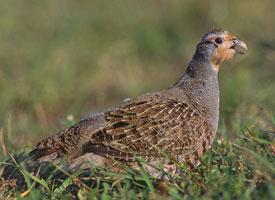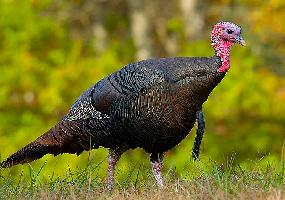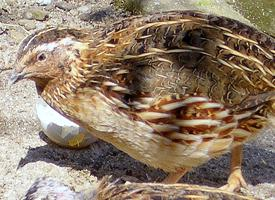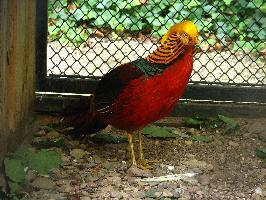
Poids et mesures
| Longueur | de 29 à 35 cm |
|---|---|
| Poids | de 350 à 450 kg |
| Envergure des ailes | de 52 à 57 cm |
Description de l'animal
The Grey Partridge, scientifically known as Perdix perdix, is a fascinating bird species that belongs to the pheasant family, Phasianidae. This bird, also commonly referred to as the English partridge, has captivated the interest of bird watchers and wildlife enthusiasts with its unique characteristics, behavior, and habitat preferences.One of the most distinctive features of the Grey Partridge is its plumage. The bird exhibits a mix of grey, brown, and white colors that not only provide it with excellent camouflage in its natural habitat but also contribute to its striking appearance. The male typically has a more pronounced color pattern compared to the female, with a distinctive orange face and a grey breast adorned with a horseshoe-shaped mark. The female, while more subdued in color, shares a similar overall pattern but with less pronounced markings.
Measuring approximately 28-32 centimeters in length, with a wingspan of 45-48 centimeters, the Grey Partridge is a medium-sized bird. It has a round body, a short tail, and a stout bill, characteristics that make it well-suited to its ground-dwelling lifestyle. Unlike many other bird species, the Grey Partridge prefers walking or running to flying, taking to the air only when startled or when it needs to cover long distances quickly.
The Grey Partridge is native to Europe and parts of Asia, but it has also been introduced to other regions, including North America, primarily for hunting purposes. It inhabits a variety of landscapes, including farmlands, grasslands, and open woodlands. The bird has shown a remarkable ability to adapt to agricultural environments, although changes in farming practices and habitat loss have led to declines in its population in some areas.
Dietarily, the Grey Partridge is omnivorous, feeding on a mix of seeds, leaves, and insects. This varied diet plays a crucial role in its survival, especially in winter when food sources can become scarce. The bird's foraging behavior is often observed at dawn and dusk when it is most active in search of food.
Reproduction is another interesting aspect of the Grey Partridge's life. The bird is monogamous, with pairs forming strong bonds. The breeding season typically begins in late April or early May, during which the female lays a clutch of 10-20 eggs in a ground nest concealed by vegetation. Both parents are involved in raising the young, which are precocial and able to leave the nest shortly after hatching.
Despite its resilience and adaptability, the Grey Partridge faces several threats, including habitat destruction, pesticide use, and hunting. Conservation efforts are in place in some regions to protect this species and its habitat, emphasizing the importance of sustainable agricultural practices and the creation of wildlife-friendly environments.
In conclusion, the Grey Partridge (Perdix perdix) is a remarkable bird with unique characteristics that make it a subject of interest for conservationists and bird enthusiasts alike. Its adaptation to various habitats, distinctive appearance, and fascinating behavior contribute to the biodiversity of the regions it inhabits, highlighting the importance of efforts to preserve this species and its natural environment.
Animaux similaires
Nouvelles photos d'animaux
Top 10 des animaux
- Dolphin gull (Leucophaeus scoresbii)
- Diana monkey (Cercopithecus diana)
- Moustached guenon (Cercopithecus cephus)
- Galápagos tortoise (Geochelone nigra complex)
- Japanese macaque (Macaca fuscata)
- Stone loach (Barbatula barbatula)
- Russian tortoise (Testudo horsfieldii)
- Greek tortoise (Testudo graeca)
- Common flying dragon (Draco volans)
- Vendace (Coregonus albula)


